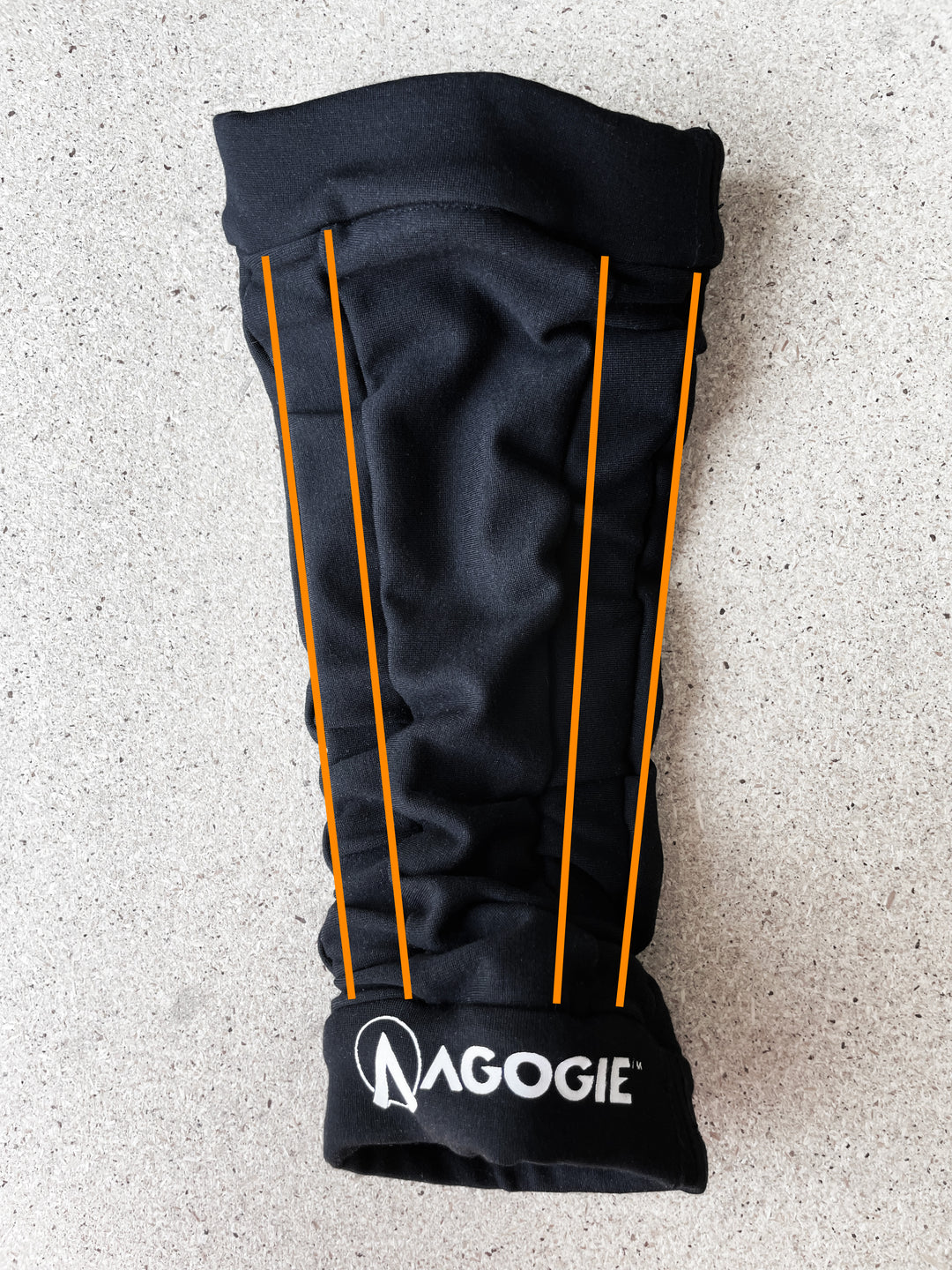Calf Muscle Training: Triumph Over the Challenge
Calf muscles, though often overlooked, are essential for both leg strength and aesthetic appeal. Comprised mainly of the gastrocnemius and soleus muscles, they act as crucial stabilizers during various lower body movements such as walking, running, jumping, and squatting.
Well-developed calves not only enhance overall athletic performance but also contribute to a balanced and defined physique. However, achieving strong and sculpted calves is challenging due to their predominance of slow-twitch muscle fibers and the need for high-intensity training to stimulate growth. This guide provides effective strategies for developing impressive calf muscles, catering to both beginners and advanced fitness enthusiasts.
Anatomy and Function of Calf Muscles
The calf muscles, consisting of the gastrocnemius and soleus, are essential for lower leg strength and stability. The gastrocnemius, located at the back of the lower leg, has two heads that merge into the Achilles tendon, attaching to the heel bone. The soleus lies beneath the gastrocnemius and also connects to the Achilles tendon. These muscles are primarily composed of slow-twitch fibers, enabling endurance during activities like walking or standing.
Calf muscles play a vital role in everyday movements and sports activities. They provide propulsion during walking or running by initiating plantar flexion, where toes point downward, pushing off with each step. This action maintains balance and stability. In sports, strong calves are essential for explosive movements like jumping and quick directional changes.
Essential Calf Exercises
Standing Calf Raises
Standing calf raises are fundamental for building strong, well-rounded calf muscles. Begin by standing with feet shoulder-width apart near a wall or support for balance. Place the balls of your feet on the edge of a step, allowing your heels to hang off. Slowly raise your heels as high as possible, keeping legs straight, and hold for a second at the peak contraction before lowering your heels below the step. For added resistance, incorporate dumbbells or barbells.
Seated Calf Raises
Seated calf raises specifically target different calf areas. Sit on a bench with feet flat on the ground and knees bent at 90 degrees. Place a weight plate or dumbbell across your thighs. Lift your heels as high as possible, keeping the balls of your feet grounded. Squeeze your calf muscles at the top, then slowly lower your heels below parallel. Maintain control throughout the exercise, focusing on calf contraction and extension.
Intermediate Calf Workouts
Jump Rope Exercises
Jump rope exercises effectively target calf muscles, enhancing explosive power and endurance. The rhythmic jumping motion engages the entire lower body. Techniques like the basic jump, single-leg jumps, high knees, or double-unders maximize calf muscle engagement and growth. Experimenting with these variations promotes targeted growth and improves coordination and cardiovascular fitness.
Calves Superset Training
Superset training involves performing two exercises back-to-back without rest. This method intensifies the stimulus on muscles while saving time. Combining standing calf raises with seated calf raises targets both the gastrocnemius and soleus muscles simultaneously. Adding resistance with dumbbells or barbells further enhances the challenge, promoting muscle growth and strength.
Advanced Techniques for Maximum Gains
Eccentric Training
Eccentric training focuses on the muscle-lengthening phase, increasing time under tension and stimulating greater muscle activation and growth. Perform standing or seated calf raises with a slow, controlled downward motion, taking three to four seconds to lower your heels. Gradually increase resistance as strength improves.
Plyometric Exercises
Plyometric exercises, involving explosive movements, activate fast-twitch muscle fibers, enhancing power and athletic performance. Exercises like tuck jumps, single-leg hops, or bounding drills improve muscular explosiveness and agility. Regularly incorporating these dynamic movements into your calf workouts boosts overall coordination and strength.
Conclusion
Achieving impressive calf muscles requires dedication and a well-rounded approach. Incorporate both basic and advanced techniques into your routine, emphasizing controlled lowering motions and explosive exercises. Consistency is key—commit to regular workouts and gradually increase intensity. With perseverance, you can transform your calves, achieving strong, well-defined lower legs. Keep pushing forward and enjoy the rewards of your hard work!







